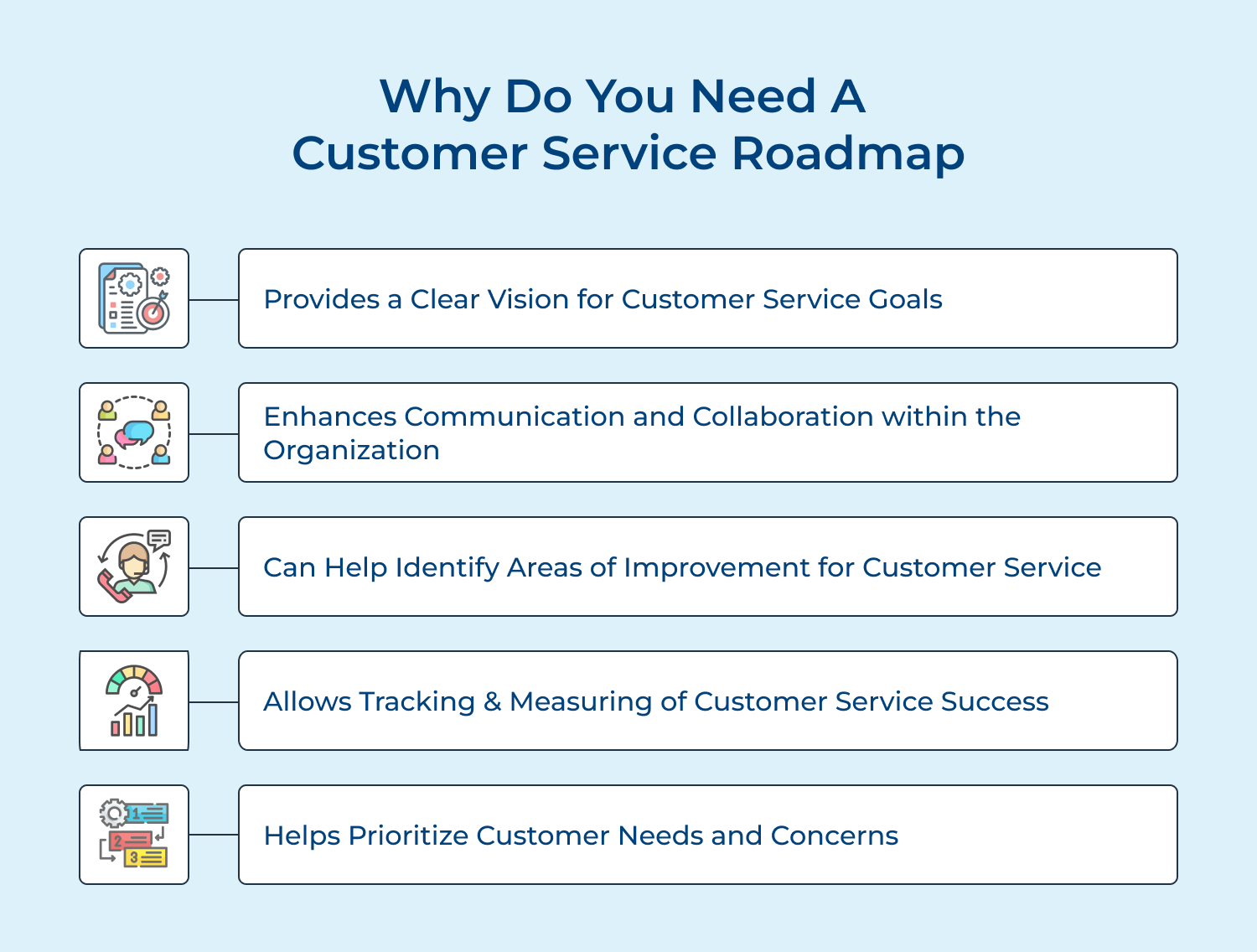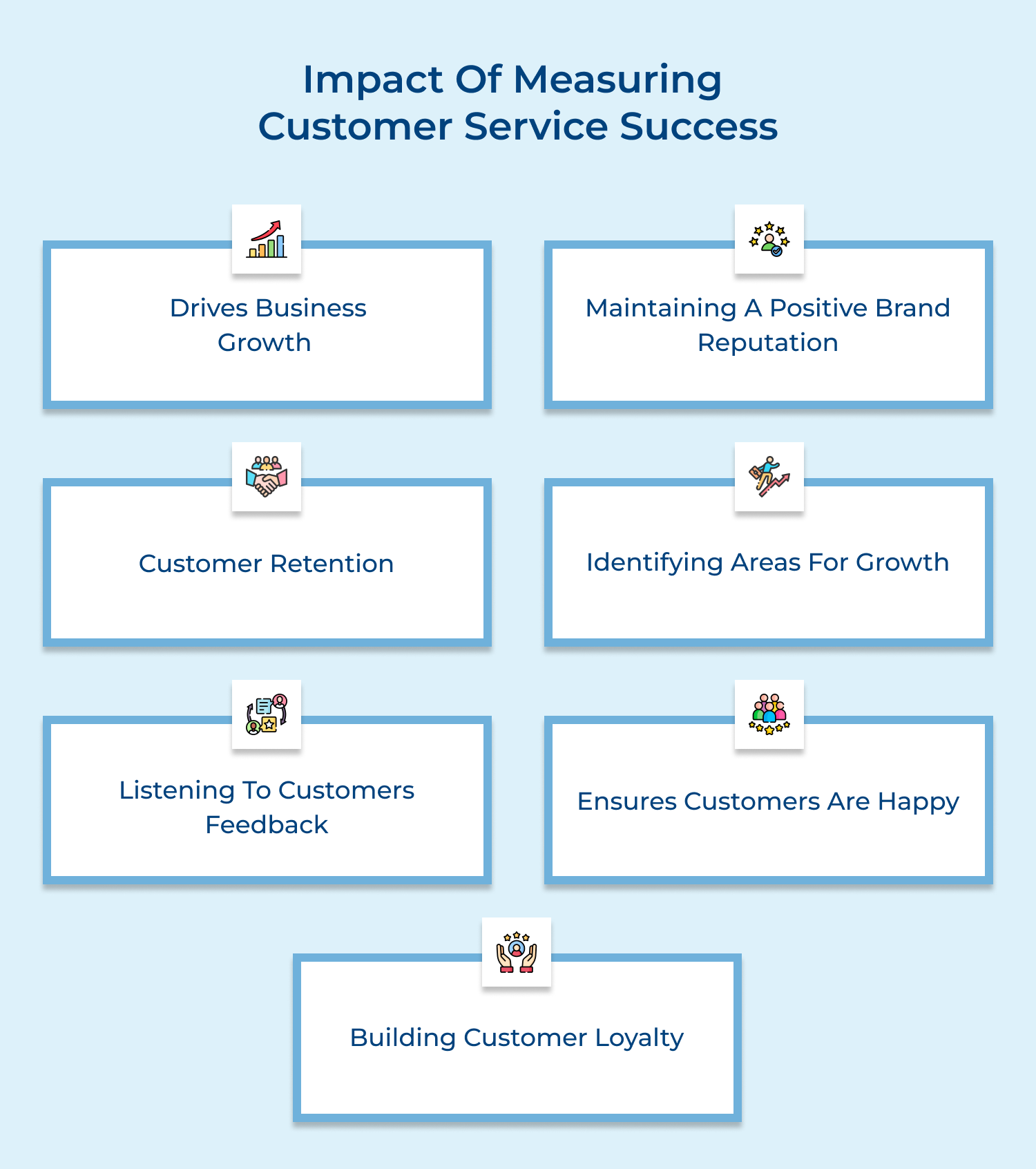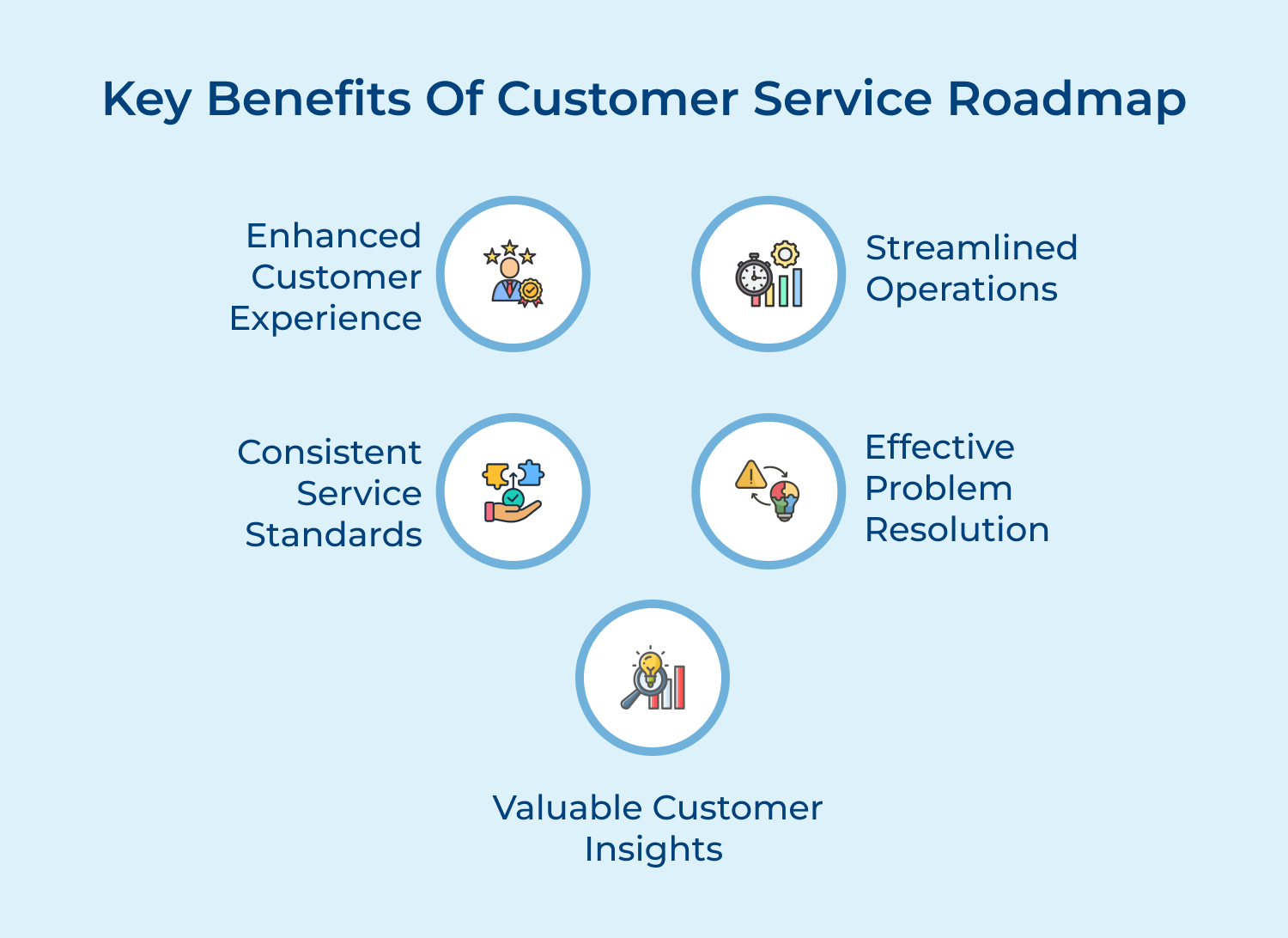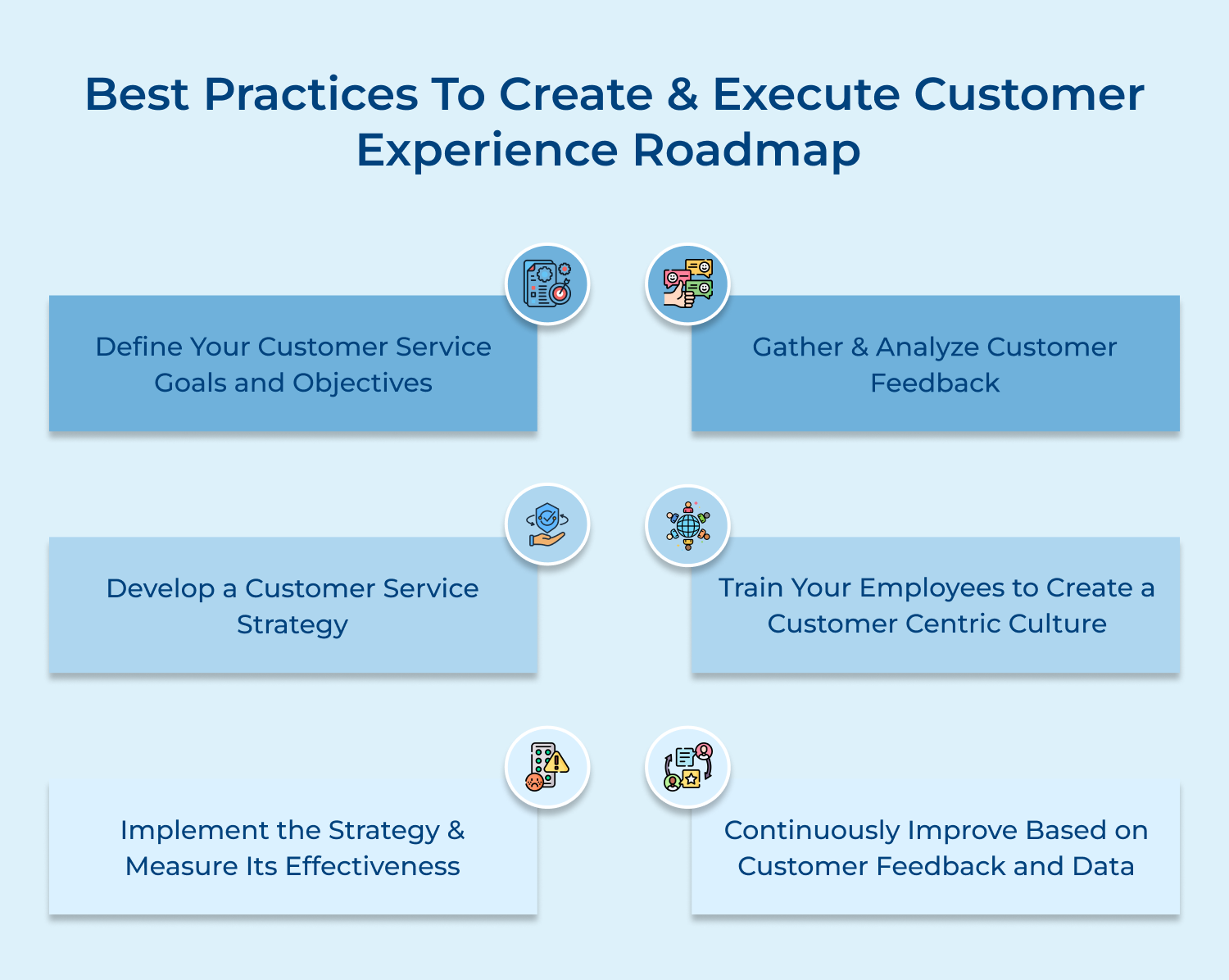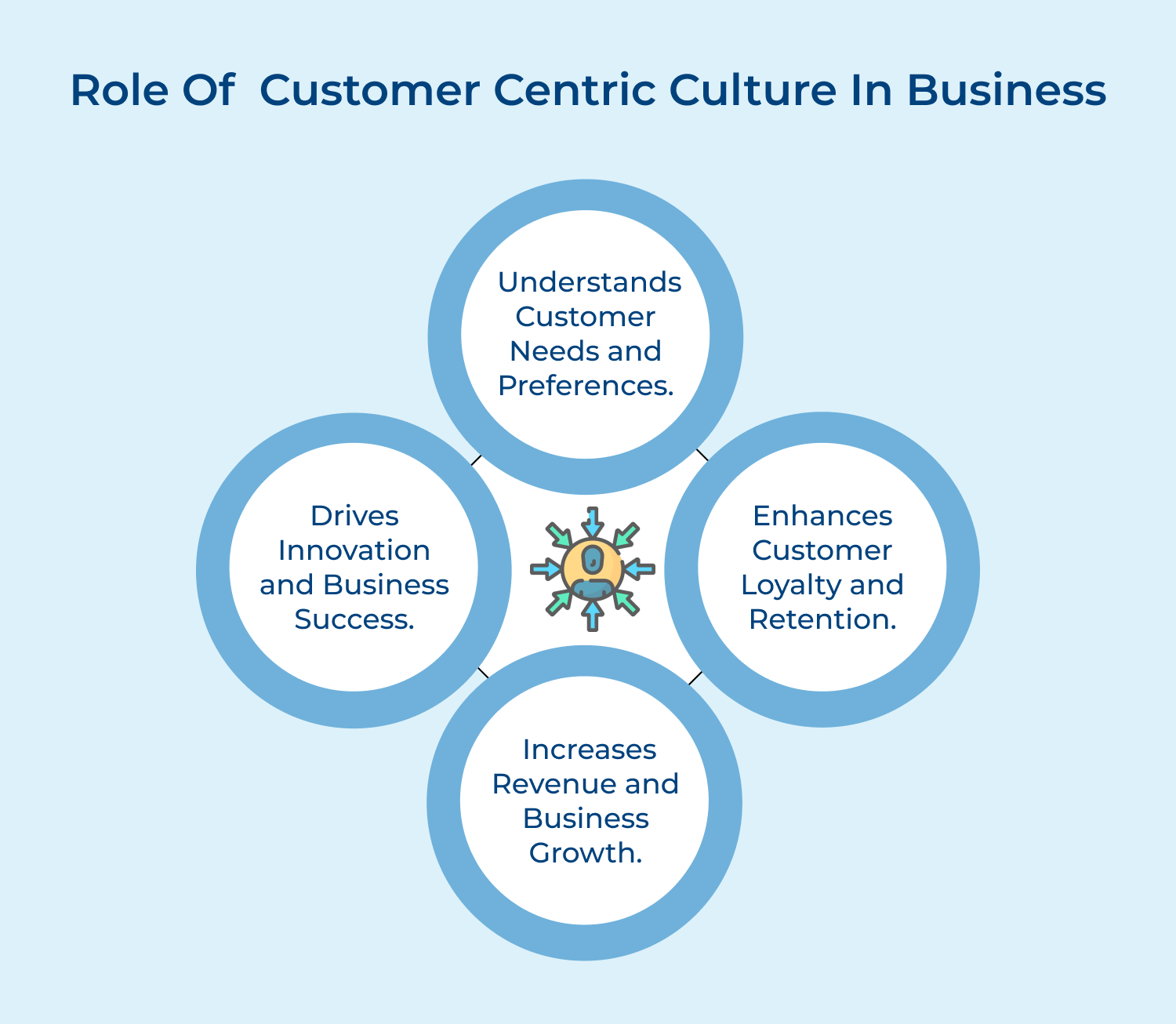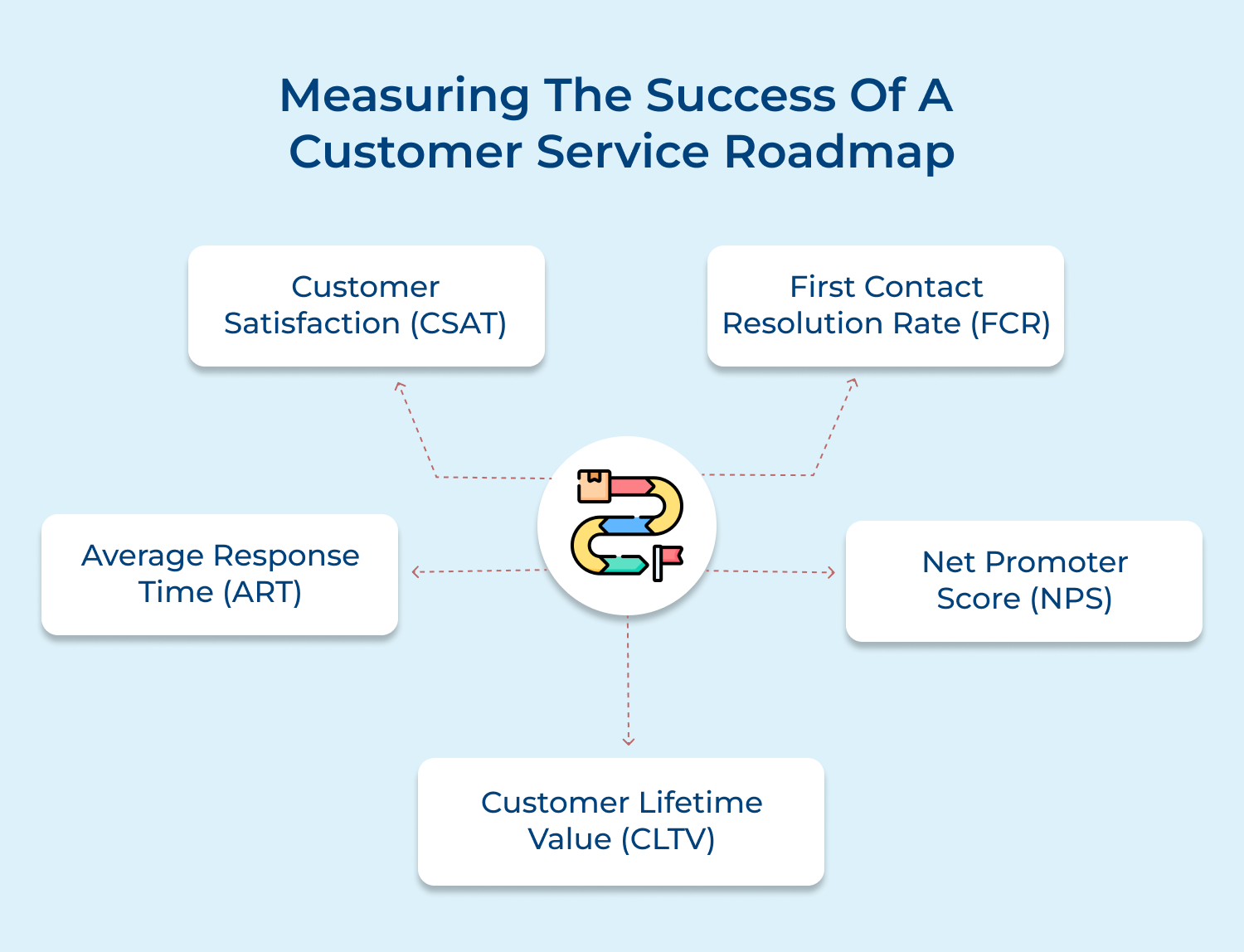1. Customer Satisfaction (CSAT)
One of the most essential KPIs to measure the success of your customer care roadmap is customer satisfaction. A CSAT survey measures the satisfaction level of customers after a service interaction. These surveys can be conducted via email, phone, or web-based surveys. To maintain satisfied customers, you should aim for a CSAT score of at least 80%.
2. First Contact Resolution Rate (FCR)
First Contact Resolution (FCR) rate is the percentage of customer inquiries that are resolved during the first contact. A high FCR rate shows that your customer service team is well-trained and capable of handling customer requests efficiently. Improving FCR rates can lead to lower costs as well as a seamless customer experience.
3. Average Response Time (ART)
Average Response Time (ART) is the average time it takes for a customer service representative to respond to a customer’s inquiry. Customers expect a quick resolution to their issues, so it’s essential to monitor ART to ensure that response times are quick as well as efficient. The industry standard for ART is under 24 hours.
4. Net Promoter Score (NPS)
Net Promoter Score (NPS) measures customer loyalty by asking customers how likely they are to recommend your business to others. Customers who provide high NPS are more likely to be repeat purchasers, and a high NPS can lead to better brand reputation, word-of-mouth marketing, or business growth.
5. Customer Lifetime Value (CLTV)
Customer Lifetime value (CLTV) is the estimated revenue a customer is expected to generate over their lifetime. It helps in understanding the cost-effectiveness of acquiring a customer vs. retaining them. High CLTV shows that your customer success team has been effective in creating a loyal customer base who make repeated purchases.
Customer Service Roadmap Examples
A customer service roadmap, which outlines the steps a business takes from initial contact to resolution of issues, is an effective way to ensure customer satisfaction. We look at brands that have implemented customer service roadmaps successfully.
American Express
One of the most successful B2C brands that excel in customer service is American Express. The brand differentiates itself with its customer-focused approach. Their customer service roadmap aims to provide customers with personalized support and instant solutions.
American Express offers a variety of channels for customers to contact them, including email, phone, social media and chatbot. Their customer service representatives are trained to handle complex issues as well as provide solutions that meet customer needs.
Airbnb
Airbnb has disrupted the traditional hospitality model and has become a go-to platform for travelers to find unique accommodations. One of the key reasons for their success is their customer service approach. It has a dedicated customer service team that works 24/7 to resolve any issues that guests or hosts may have.
Airbnb also has a robust review system that encourages transparency as well as builds trust between users of the platform. They offer a host guarantee that protects hosts from any property damage caused by guests.
Apple
Apple is renowned for providing exceptional customer service. Their customer service roadmap prioritizes enhancing customer experience by providing personalized support to their customers. Its roadmap includes multiple touchpoints, including personalized training, phone or chat support and Apple Stores. Their customer support team prioritizes building an emotional connection with their customers, resulting in better feedback as well as brand loyalty.
Stay Ahead of Your Support Game with a Customer Service Roadmap Plan
A customer service roadmap is a plan that outlines your goals, strategies and tactics to exceed customer expectations across every interaction. It helps you stay focused as well as organized, ensuring that you are always delivering the best possible service to your clients.
An efficient customer service roadmap, you can identify areas for improvement, set benchmarks, and track your progress over time. With a solid plan in place, you can stay ahead of the game while also providing exceptional customer journeys that sets your business apart from the rest.
